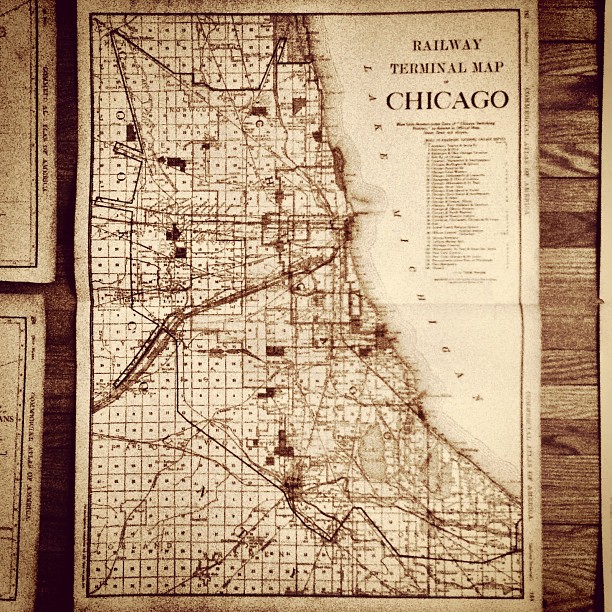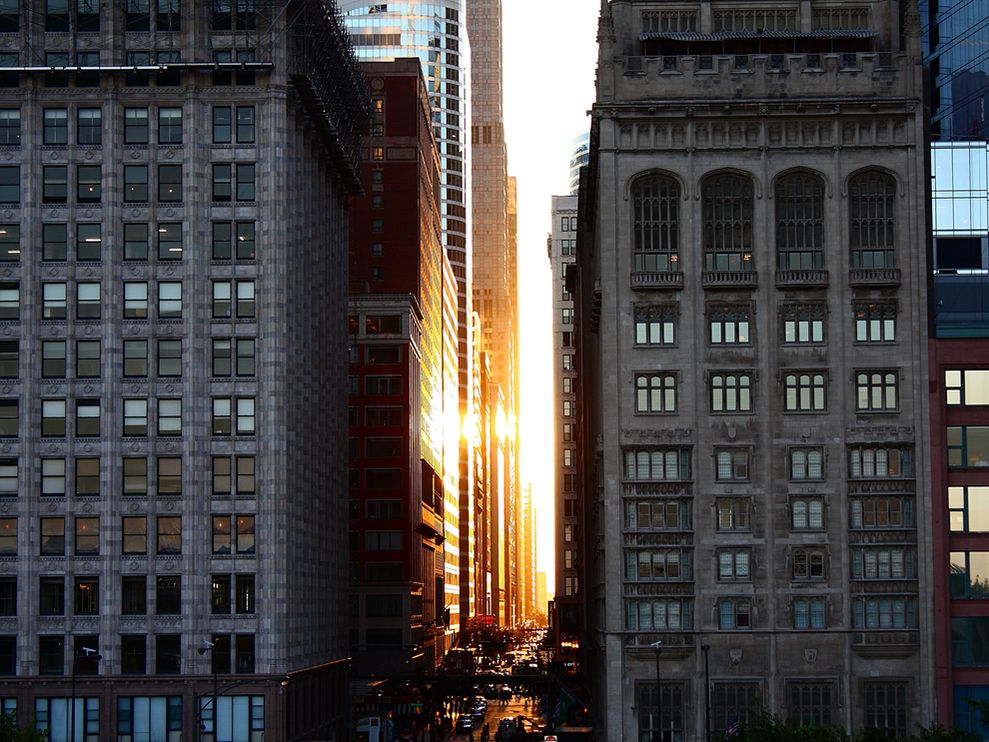 Chicago may be the published, formal name to the great city to the north, but it has many nicknames, both affectionate and unaffectionate. Here are a few:
Chicago may be the published, formal name to the great city to the north, but it has many nicknames, both affectionate and unaffectionate. Here are a few:
- "Windy City"–in reference to it's politician's speech patterns, but reflective of the weather too.
- "City That Works"–as known to former Mayor Richard J. Daley. However, Chicago was founded on manual, unskilled labor in the 1830s, 40s, & 50s.
- "The Second City"–Was a derogatory term for the city in the 1950s in a New Yorker article; perhaps second to NYC. I always understood it to be a referent to the rebuilding of the city after the Great Fire of 1871. One dark night, when the folks were all in bed, Misses O'Leary lit a lantern in the shed...
- "The Most American City"–Perhaps because of its blue collar heritage, but I can't find a source, other than Pacyga's Chicago: A Biography pictured above.
- "City of Big Shoulders"–Formerly the City of Broad Shoulders, so called by Carl Sandberg in his 1916 poem "Chicago"
- "The Jungle"–After Upton Sinclair's 1906 novel
- "Hog Butcher to the World"–Perhaps the impetus for Upton Sinclair's novel, but mentioned in Carl Sandberg's poem.
- "Paris of the Midwest"–What Daniel Burnham and his "Chicago" plan were after.
- "City on the Make"–referred to by Nelson Algren in his 1951 love poem to the city.
- "City of Neighborhoods"–There are over 200 distinct neighborhoods in Chicago.
- "Sweet Home Chicago"–sung by Robert Johnson, immortalized by the Blues Brothers.
- "Chi-Town" or "Chi-City"–as Kanye so affectionately refers to it.
- "My kind of town, Chicago is"–Frank Sinatra croons.
More recently, Huff Post has reported two studies calling Chicago both the Most Corrupt City in America and the Most Segregated City in America. The corruption in politics has cost the city nearly $500 million; see Rod Blagojevich. And according to a census survey, even though Chicago has experienced the second largest decline in segregation, it is still the most segregated city according to the Manhattan Institute for Policy Research. (Actually reading the study though, points out that Detroit is the most segregated. St. Louis came in fourth.)
Perhaps most appropriate for the Kingdom work to be done there, Chicago is known as "City in a Garden" which is a translation of the Latin on the city seal Urbs in Horto.
Then the angel showed me the river of the water of life, bright as crystal, flowing from the throne of God and of the Lamb through the middle of the street of the city; also, on either side of the river, the tree of life with its twelve kinds of fruit, yielding its fruit each month. The leaves of the tree were for the healing of the nations. (Revelation 22:1-2)








